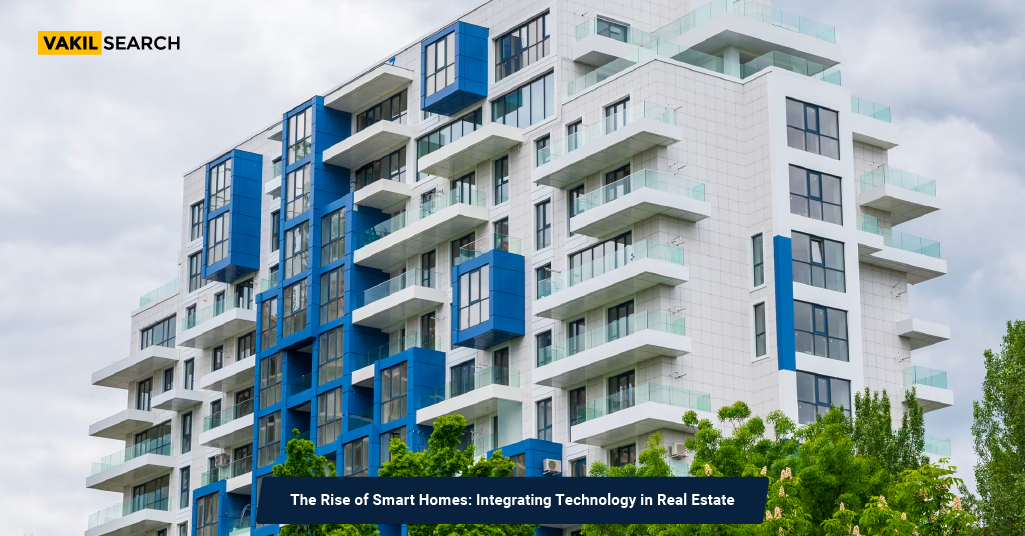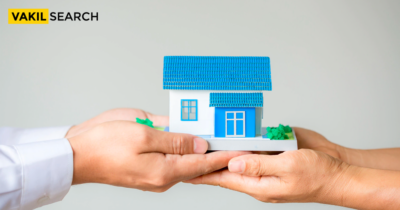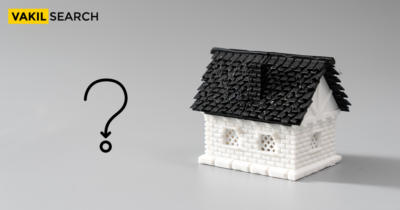Explore the latest technologies and strategies for integrating smart technology into your real estate. Stay ahead of the game with our expert insights and tips.
In recent years, technology has permeated every aspect of our lives, transforming the way we communicate, work, and even live. One significant area where technology has made significant strides is in the realm of real estate, with the rise of smart homes. Smart homes are revolutionizing the way we interact with our living spaces, offering convenience, efficiency, and enhanced security. In this article, we will delve into the concept of smart homes, explore their benefits and features, discuss their impact on energy savings and environmental sustainability, examine smart security systems, and finally, look at future trends in the world of smart homes.
What are Smart Homes?
Smart homes, also known as automated homes or intelligent homes, are residences that are equipped with interconnected devices and systems that can be controlled remotely. These devices are typically connected via the Internet of Things (IoT), enabling homeowners to manage and monitor various aspects of their homes from a centralized control panel or even through their smartphones.
Learn about Property Registration in India.
At the heart of a smart home is the smart hub, a central control unit that connects and communicates with all the smart devices in the house. From lighting and heating/cooling systems to security cameras and entertainment systems, these devices can be automated and controlled through voice commands, smartphone apps, or programmed schedules.
Exploring the Benefits and Features of Automated Systems
One of the primary advantages of smart homes is the convenience they offer. With automated systems, homeowners can control various aspects of their homes remotely. For example, they can adjust the thermostat while still at the office, ensuring a comfortable temperature upon their arrival. They can also turn on the lights, preheat the oven, or even start the washing machine from the convenience of their smartphone.
Smart homes also provide enhanced security features. With smart security systems, homeowners can remotely monitor their properties, receive alerts in case of suspicious activities, and even control access to their homes. Surveillance cameras, motion sensors, and smart locks contribute to a heightened sense of security, giving homeowners peace of mind whether they are at home or away.
Another feature of smart homes is intelligent lighting systems. These systems allow homeowners to automate the lighting in their homes, adjusting brightness, color, and even creating preset scenes for different occasions. With the ability to program lights to turn on and off at specific times, homeowners can save energy and create an illusion of occupancy when they are away, enhancing security.
Smart homes also offer advanced entertainment systems. Home theater setups can be integrated with automation systems, allowing homeowners to control audio, video, and even curtains or blinds with a single command. This integration creates a seamless and immersive entertainment experience, bringing the cinema right into the living room.
Smart Home Technologies and Energy Savings
Beyond convenience and security, smart homes contribute to energy savings and environmental sustainability. The ability to monitor and control energy usage in real-time allows homeowners to optimize their energy consumption. For example, smart thermostats can learn the occupants’ preferences and adjust the temperature accordingly, resulting in significant energy savings. They can also detect when no one is home and adjust the temperature accordingly, avoiding unnecessary energy consumption.
Smart lighting systems also play a crucial role in energy efficiency. By using LED bulbs and dimming capabilities, homeowners can reduce energy consumption significantly. Additionally, motion sensors and timers can be integrated with lighting systems to ensure lights are only active when needed, further reducing energy waste.
Furthermore, smart home technologies can be integrated with renewable energy sources such as solar panels. Homeowners can monitor their energy production and consumption, optimize the usage of solar energy, and even sell excess energy back to the grid. This integration of renewable energy and smart home technologies fosters environmental sustainability and reduces dependence on traditional energy sources.
Discussing Smart Security Systems and Surveillance Cameras
Security is one of the primary concerns for homeowners, and smart homes provide advanced security features to address these concerns. Smart security systems offer a comprehensive approach to home protection, combining surveillance cameras, motion sensors, door/window sensors, and smart locks.
Surveillance cameras, both indoor and outdoor, play a crucial role in enhancing home security. These cameras can be accessed and monitored remotely, allowing homeowners to keep an eye on their properties from anywhere at any time. In case of suspicious activities, homeowners can receive real-time alerts and take appropriate actions, such as notifying the authorities.
Additionally, smart security systems can integrate with other smart devices to create a layered security approach. For example, motion sensors can trigger lights to turn on when someone approaches the house, deterring potential intruders. Smart locks allow homeowners to grant temporary access codes to guests or service providers, eliminating the need for physical keys and ensuring controlled access.
Remote monitoring options further enhance the security of smart homes. Homeowners can access live video feeds, receive alerts, and even control various security features through dedicated smartphone apps. This remote monitoring capability provides homeowners with a sense of control and peace of mind, knowing that their homes are secure even when they are away.
Future Trends in Smart Homes
As technology continues to evolve, the future of smart homes holds exciting possibilities. Here are some trends that we can expect to see:
- Artificial Intelligence (AI) Integration: AI-powered virtual assistants will become even more intelligent, learning from homeowners’ behaviors and preferences to provide personalized automation and recommendations.
- Voice Control Dominance: Voice commands will become the primary means of controlling smart homes, with voice assistants seamlessly integrating with various devices and systems.
- Enhanced Energy Management: Smart homes will incorporate more sophisticated energy management systems, allowing homeowners to monitor and optimize energy consumption on a granular level.
- Health and Wellness Integration: Smart homes will incorporate devices and sensors to monitor occupants’ health, such as sleep patterns, air quality, and exercise routines, providing personalized recommendations for a healthier lifestyle.
- Increased Connectivity: Smart homes will become more connected to external services and platforms, such as smart cities and utility providers, enabling seamless integration and intelligent energy management.
In conclusion, smart homes have emerged as a significant advancement in real estate, integrating technology to provide convenience, efficiency, and enhanced security. With the ability to control various aspects of their homes remotely, homeowners can enjoy a more convenient and comfortable living experience. Smart home technologies also contribute to energy savings and environmental sustainability, allowing homeowners to optimize their energy consumption and integrate renewable energy sources.
The future of smart homes promises even more exciting possibilities, with AI integration, voice control dominance, enhanced energy management, and improved health and wellness integration on the horizon. As technology continues to evolve, smart homes are likely to become an integral part of our lives, transforming the way we live and interact with our living spaces.
Also, Read:










